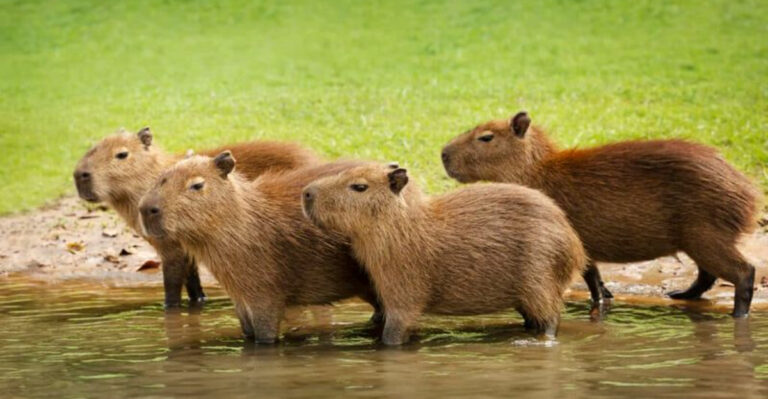The Whale With A Spiral Tooth
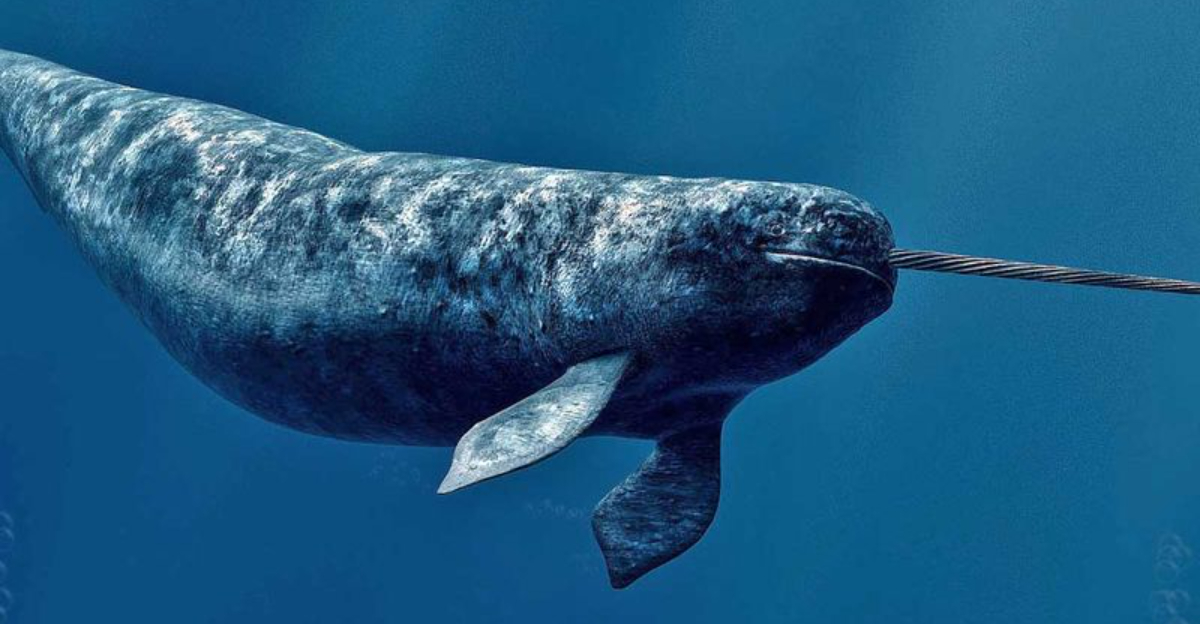
Imagine a unicorn swimming in the Arctic waters! That’s basically what a narwhal is – a whale with a long, spiral tusk poking out from its head.
These mysterious ocean creatures have fascinated people for centuries, even inspiring myths about unicorns.
Let’s explore some amazing facts about these real-life sea unicorns that might surprise you!
1. Not Actually A Tooth!
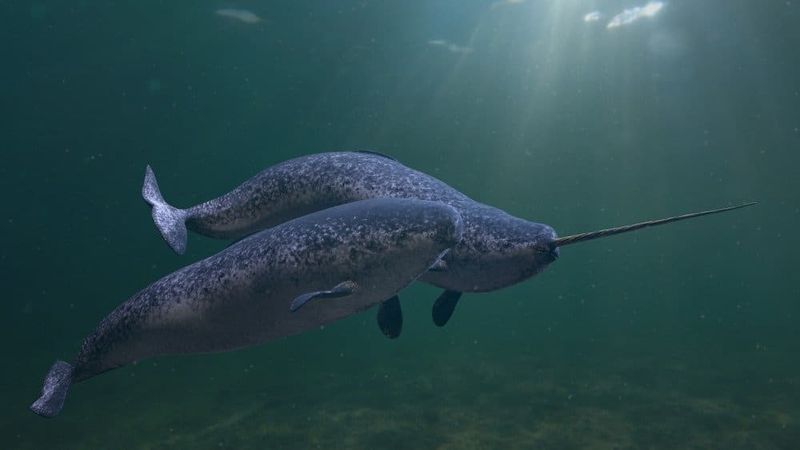
That iconic spiral? It’s technically an overgrown canine tooth that grows through the narwhal’s upper lip. Most males develop this tusk, which can reach an impressive 10 feet long!
Scientists believe it’s actually a sensory organ packed with millions of nerve endings. Think of it as a super-sensitive underwater antenna helping narwhals navigate their icy world.
2. Some Narwhals Rock Two Tusks
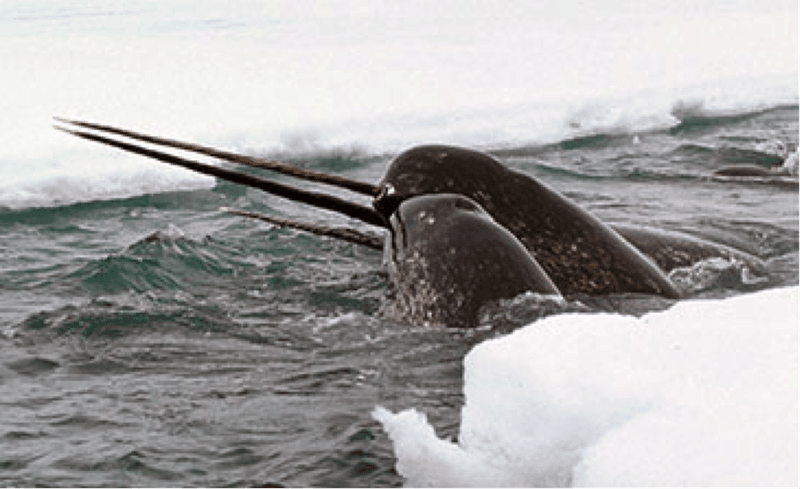
While most male narwhals sport just one tusk, about 1 in 500 develop two! Female narwhals usually don’t grow tusks at all, making dual-tusked males extremely rare ocean unicorns.
These double-tusked wonders were once so unusual that medieval collectors paid fortunes for them, believing they possessed magical powers beyond even a single “unicorn horn.”
3. Masters Of Deep Diving
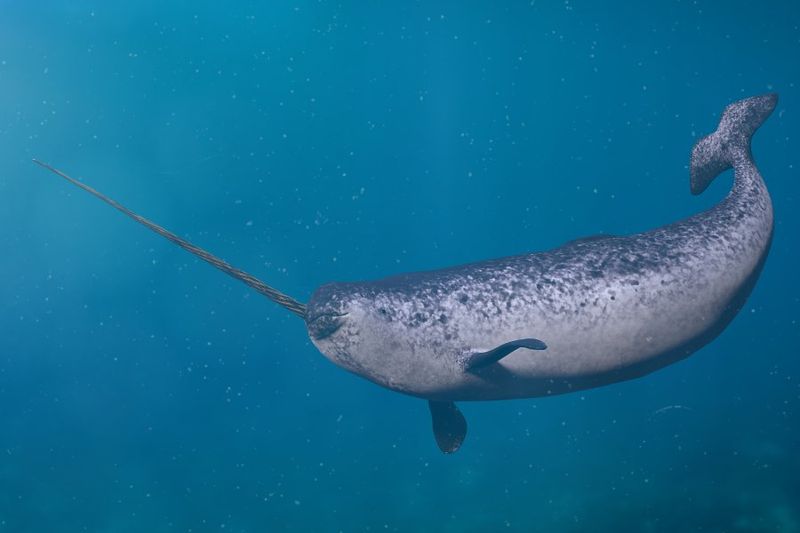
Hold your breath! Narwhals are incredible divers, plunging over 5,000 feet below the surface – that’s deeper than 15 football fields stacked end-to-end!
During these extreme dives, they hunt for halibut, cod, and squid in the pitch-black depths. Their bodies have special adaptations that let them survive crushing pressure that would harm humans.
4. The Original Ice Breakers
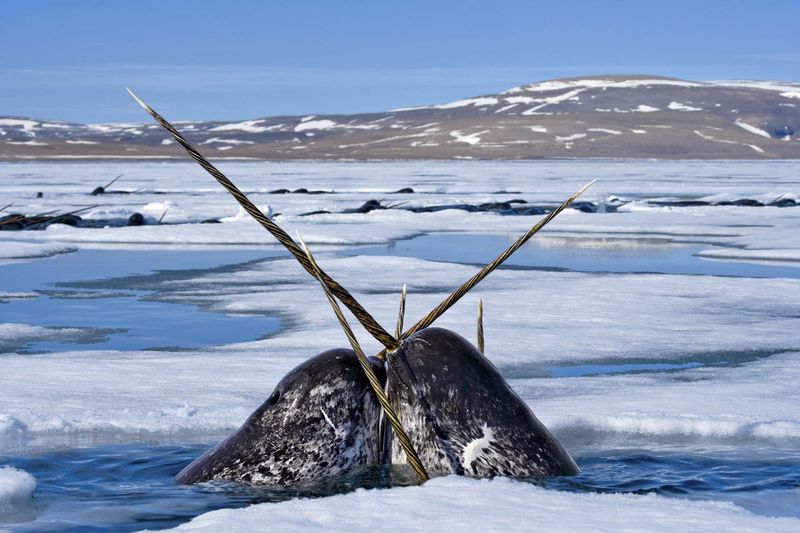
Narwhals are true Arctic specialists, spending their lives in icy waters where temperatures drop below freezing. Unlike other whales, they don’t migrate to warmer waters when winter comes.
These tough creatures can navigate through small cracks in sea ice, taking quick breaths before diving again. Their incredible adaptations let them thrive where few other mammals could survive.
5. Tusk Jousting Matches
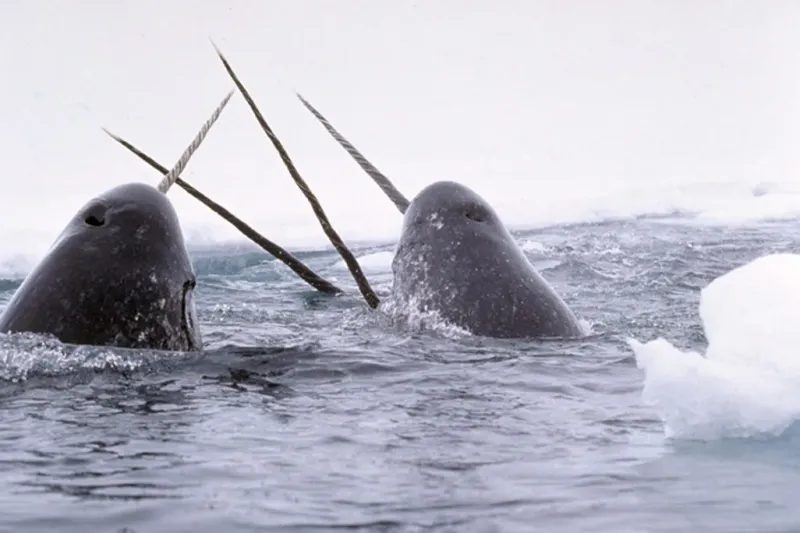
Ever seen underwater sword fighting? Male narwhals sometimes cross tusks in what looks like medieval jousting tournaments! These tusk-to-tusk encounters aren’t just for show.
Scientists believe these interactions help establish dominance and impress female narwhals during mating season. Think of it as nature’s version of a knight’s tournament, but underwater with spiral lances!
6. They’re Practically Toothless

Besides that spectacular tusk, narwhals have almost no other teeth in their mouths! Instead of chomping prey, they create powerful suction to vacuum up fish.
Watch a narwhal eating and you’ll see it approach fish, suddenly open wide, and – SLURP! – dinner disappears into its mouth. This unusual feeding style perfectly suits their diet of soft-bodied prey.
7. Mysterious Midnight Migrations
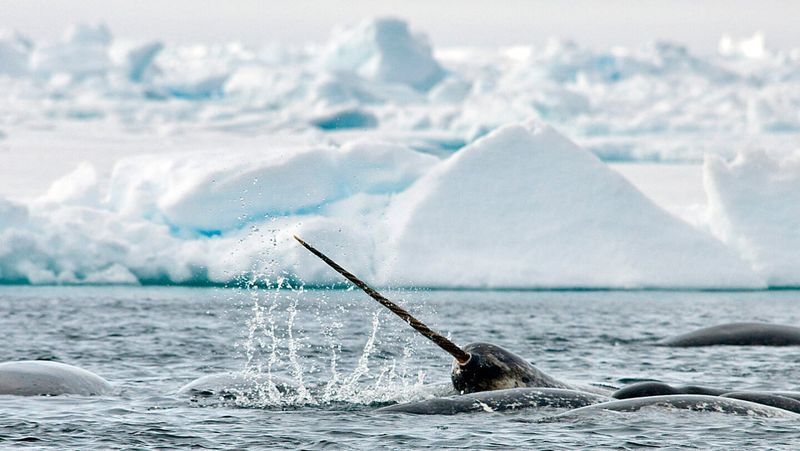
Narwhals perform one of nature’s most puzzling daily routines. At sunset, entire pods dive to ocean depths, hunting in darkness before returning to surface waters at dawn.
This vertical migration pattern follows their prey’s movements. Researchers tracking these journeys discovered narwhals dive deeper during full moons, suggesting they use moonlight filtering through water to help locate food.
8. The Tusk Is Super-Sensitive
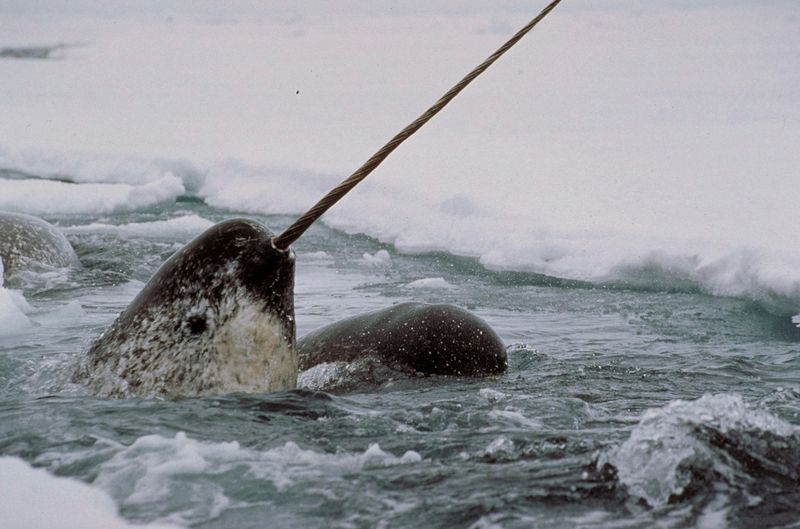
Imagine having ten million nerve endings in a single tooth! A narwhal’s tusk contains an extraordinary sensory network that can detect subtle changes in water temperature, pressure, and possibly even particle concentration.
Recent research suggests they might even use their tusks to “taste” the water, helping them locate prey or potential mates. It’s like having a built-in underwater laboratory!
9. They’re Musical Maestros

Narwhals are chatty underwater musicians! They communicate using an elaborate repertoire of clicks, whistles, and pulsed sounds that echo through Arctic waters.
Each narwhal pod develops unique “dialects” that help members recognize each other. Their vocalizations are so complex that scientists are still decoding what different calls might mean in narwhal social life.
10. Viking Treasure Hunters
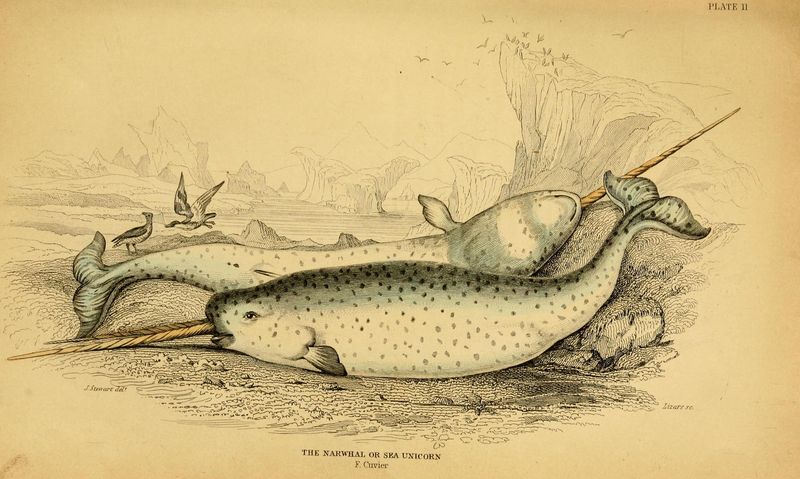
Ancient Vikings traded narwhal tusks as priceless treasures! European royalty paid fortunes for these “unicorn horns,” believing they could detect poison in food and drink.
Queen Elizabeth I reportedly had a narwhal tusk worth £10,000 (millions in today’s money). The mystical reputation of these spiraled treasures made them more valuable than gold throughout medieval Europe.
11. Climate Change Threatens Their Home
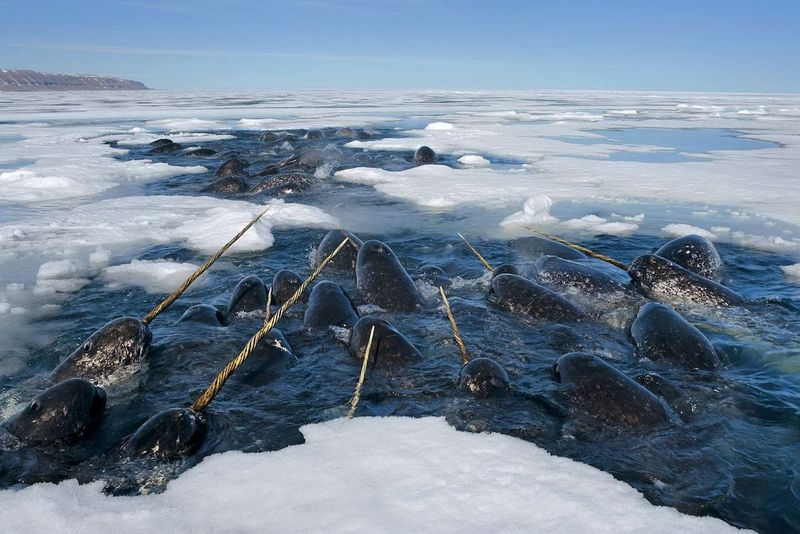
Narwhals face serious danger as Arctic ice melts. These specialized creatures depend on specific ice conditions and predictable freezing patterns that are rapidly changing.
Shrinking ice cover means killer whales can now hunt in areas once safe for narwhals. Scientists worry these remarkable whales may struggle to adapt quickly enough to survive the dramatic changes happening in their icy kingdom.
12. Scientists Track Them With Satellites
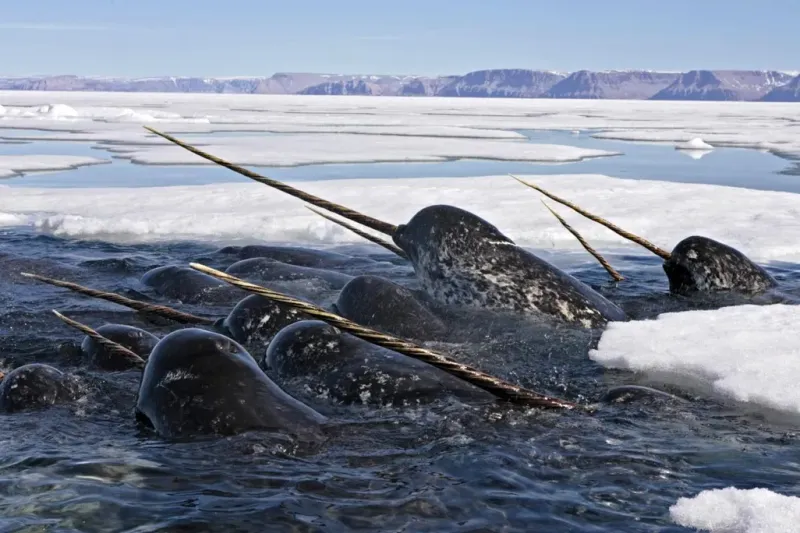
Following narwhals used to be nearly impossible until researchers developed special satellite tags that attach temporarily to their blubber. These high-tech trackers beam location data to orbiting satellites!
The resulting migration maps reveal surprising journeys through remote Arctic regions. This technology helps scientists understand critical habitat needs and advocate for protected areas where these tusk-bearing wonders can thrive.


